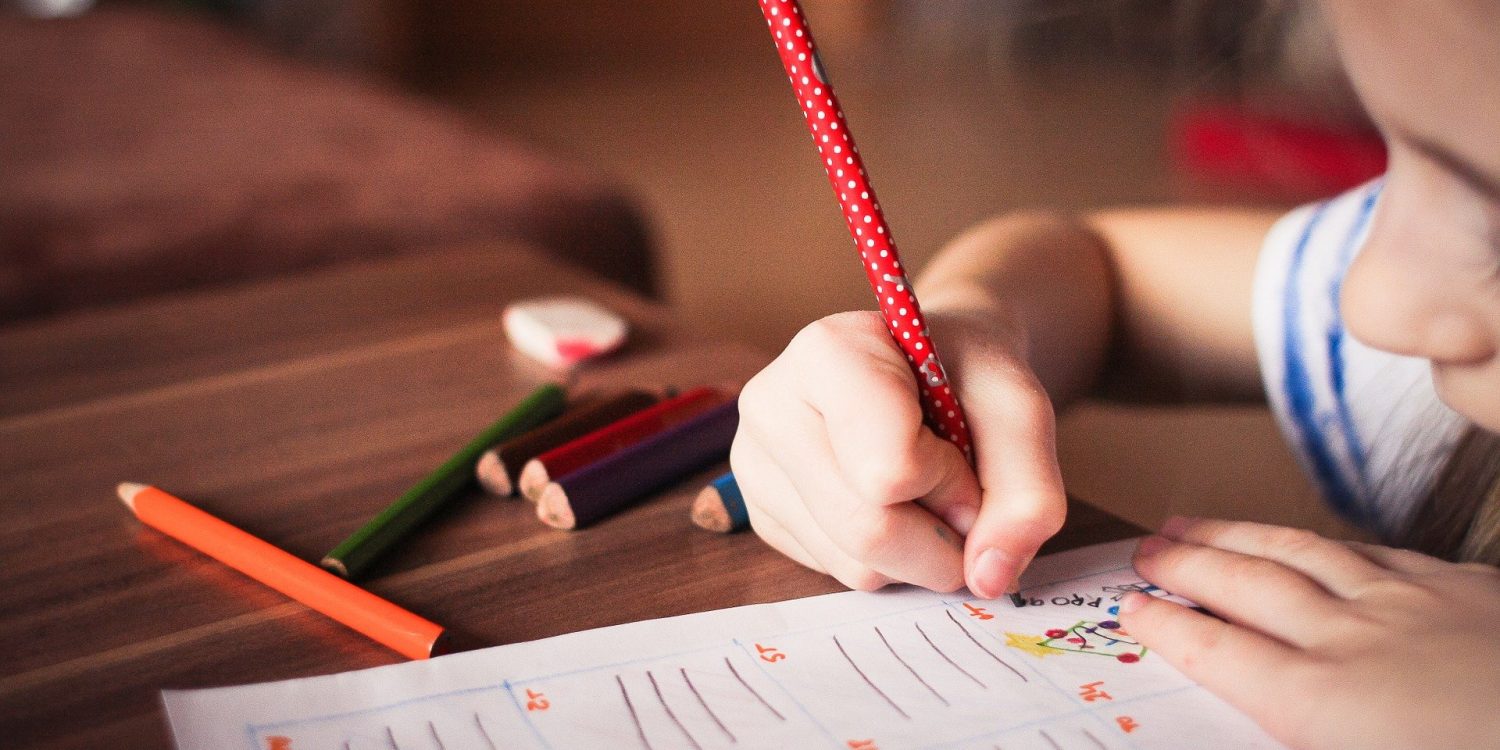Education is a stepping stone to success. To be successful and have a good career a person must be well educated. A country must be well educated so that they can come up with more opportunities to grow and be economically independent. The Indian Education System takes its roots from Gurukuls. It was those golden eras or historic times when students used to go to Gurukul for their studies and use to stay and serve their Guru. The education system of Gurukulwas said to be a Guru-Shishya form of education. Although. The Gurukul form of the education system was a pioneer in the olden days but to make something effective it must be legalized. The Indian Education system boosted up when some prominent universities like Nalanda University, Ujjain University, Vikramshila University came into existence.
The Indian education system is managed by the Government of India. The right to education is legalized in the country thus providing education to children from a small age. The Indian Constitution provides education to every child without any discrimination. As per the World Bank Report, there are more than 7,50,000 schools, more than 3.6 million teachers, and more than 175 Universities across the country.
Levels in Indian Education System
The Indian Education system is one of its kind. The Indian Education System is a 4 level education system. These levels move from childhood age to teenager. These levels have a separate set of curriculum completely different from those situations of regular life. The 4 levels in Indian Education System are as follows:
- Lower Primary
- Upper Primary
- High School
- High Secondary
These levels start from age of 6 and moves to 20 years of age. These levels are completed in different schools and universities as per the need. The age group of lower primary is 6 years to 10 years old, for upper primary it is 11-13 years old, for high school it is 13-16 years of age and by 18 or 20 years of age, students complete their high secondary level of Indian Education System.
The curriculum set at these levels is so vast that students feel over-burdened and ill-adjusted when they are asked to face society. The curriculum does not meet the criteria of guiding children on attitude, skills, motivations, habits which are necessary to lead a good life. The Indian Education System is much elaborative and extended which makes students demotivated most often. Also, the grading system is one of the highest demotivation factors in The Indian Education System.
Good’s and Bad’s of Indian Education System
Every system has its good and bad’s all that it depends on is how one takes the system into view. Education is as important as shelter, food, and clothes. The right to education must be followed in the country as given by the law. The transition of education from privilege to the right speaks the growing importance of education in our society, which is good and welcoming.
Let’s focus on some goods of our Indian Education System:
- Open Universities: Open universities is one of the biggest merits of Indian Education system as it gives complete flexibility to students to complete their studies while sitting at home as well as helps in focusing on other things that are important for them.
- Equality in Education: The right to education has brought equality in the education system in the country. Each and every child up to 14 years of age is given the right to be educated in every circumstance by the government. Equality in education has increased the literacy rate in the country.
- Vast Outlook: Everyone has its perceptions and views towards things. When one becomes educated it makes him employable and confident enough to express his views and understanding. Education gives a vast outlook and horizon to people. They get a clear perspective and understanding of things.
Let’s focus on some bad’s of our Indian Education System:
- Grading criteria: The grading criteria of the Indian Education System needs moderation. It is due to the grading criteria that the students feel overburdened. The Indian education system does not encourage students to bring new thoughts, ideas on board. The grading criteria demotivates the student as students answering as per bookish language get more scores or grades as compared to those who bring answers in a different language but with the same meaning on papers.
- Lack of Uniformity: The Indian Education system gives multiple board systems that include ICSE, CBSE, State Board, and IB which is good but at the same time due to these different boards and especially state bards students are not able to compete in competitive exams which brings lack of uniformity in the system.
- No emphasis on development: The Indian education system does not focus on an individual’s development. The curriculum is so designed that it emphasizes on the subjective matter and not the development state of the student which makes the student less competitive to the students of other countries.
Over the years, the Indian education system has become worse and the state needs to be changed. The number of suicides has increased, the cases of paper leaks has increased, the pressure of becoming engineers or doctors has increased, and much more. These facts display that how fast the Indian Education System is shaking up now, therefore the need of the hour is to work on the bad’s of the Indian Education System and bring a well -versed education system for the generations to come.






